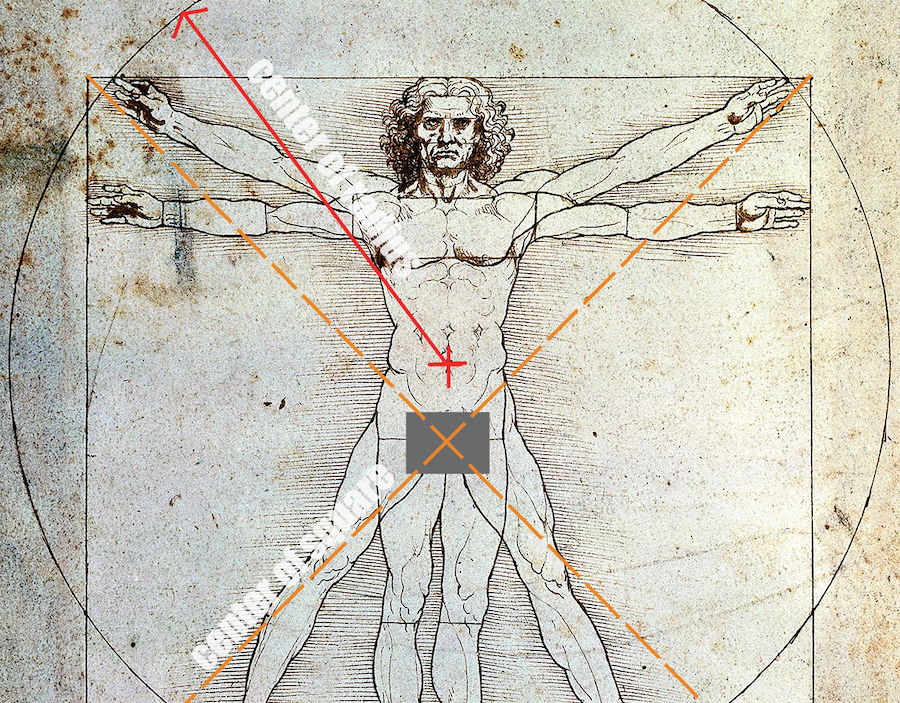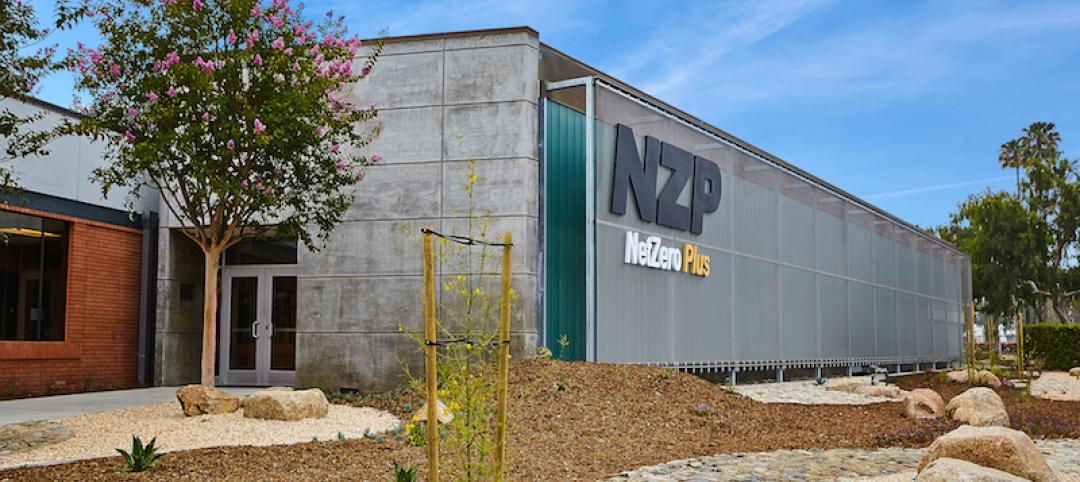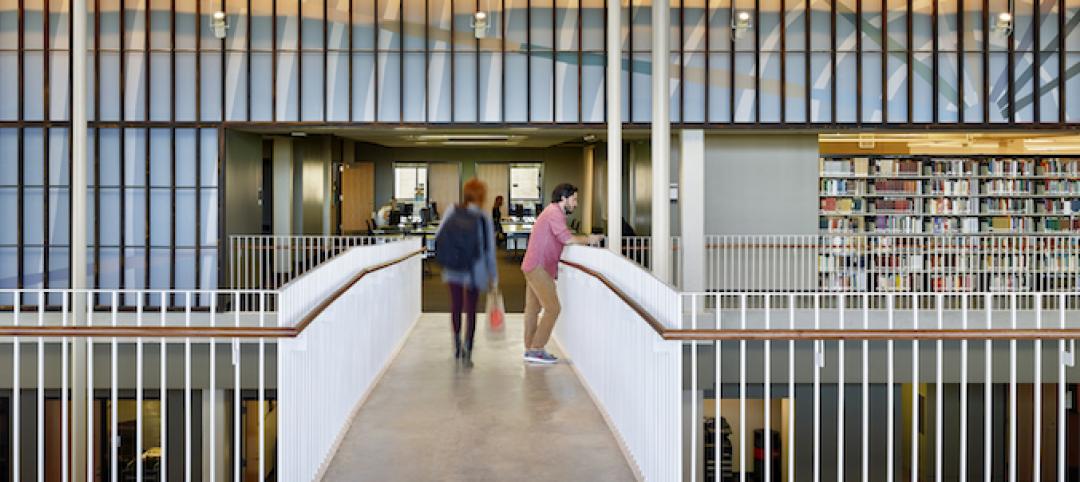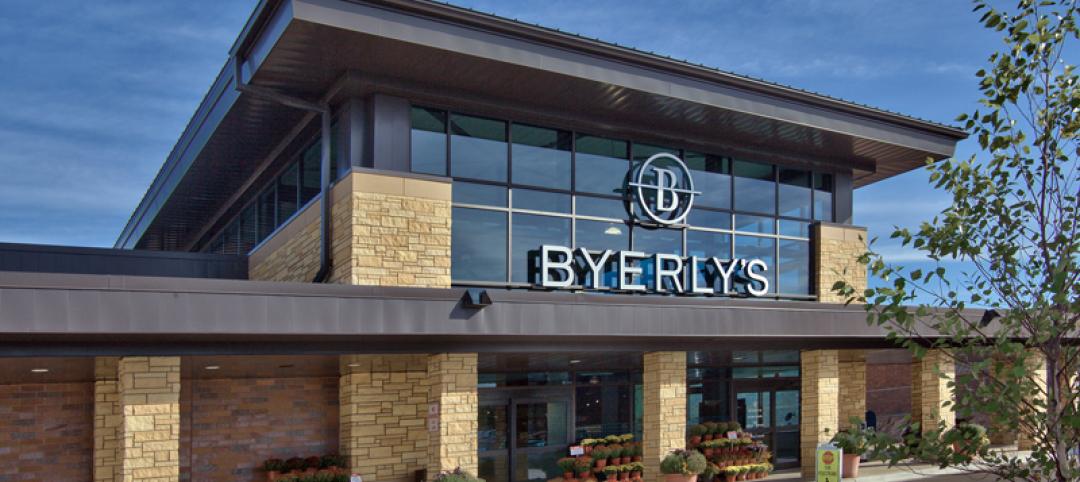Released today, the fifth annual SYLVANIA Socket Survey from OSRAM SYLVANIA finds that consumers are adjusting to new legislation and energy-efficient lighting options, with about half saying that they plan to switch to new lighting technologies. Federally mandated legislation, which was enacted in 2007, has already begun phasing out two incandescent-bulb wattages (100-watt in 2012 and 75-watt in 2013) and will begin its final phase in January 2014 with 60- and 40-watt bulbs.
OSRAM SYLVANIA’s industry-benchmark Socket Survey shows that 38 percent of those polled are aware that the 100-watt bulb was phased out in 2012, which is up from just 29 percent last year and 19 percent in 2010. While these findings show an increase in consumer awareness of the initial legislative phase outs, nearly half are unaware that there will be additional wattages phased out in 2014.
“Consumers are taking time to evaluate their lighting choices, which are now more abundant than ever, and accepting more energy-efficient options,” says Rick Leaman, president and CEO, OSRAM SYLVANIA. “Our company remains dedicated to offering the very best in next-generation lighting choices because it is our responsibility to keep pace with the ever-changing world of technology to meet the various needs of our consumers.”
More than a third of Americans have evaluated their lighting options in the past six months, and more than half (53%) have done so in the past year. With lighting education promoting the acceptance of energy-efficient alternatives and about half of consumers planning to switch to new technologies, it is evident that consumers are shifting their lighting preferences based on their understanding of the evolving industry.
Commissioned annually by OSRAM SYLVANIA, the SYLVANIA Socket Survey is the industry’s foremost national measurement of the evolving consumer lighting landscape. Now, in its fifth year, the survey shows a significant decrease — a 16% drop year over year — in those who said that they have incandescent bulbs in their homes. About one in 10 consumers say that they have LED bulbs in sockets.
Additional findings of the 2012 SYLVANIA Socket Survey include:
Consumer Habit and Trends
- Since 2008, the number of consumers that listed “burned out or broken" as their main reason for switching out their bulbs dropped by 10 percent. 68 percent of Americans say that they have switched lighting for increased energy efficiency.
- While replacement of burned out or broken bulbs and energy efficiency remain as top reasons why consumers choose to switch bulbs, they are increasingly interested in the amount of light (up 16 percent since 2008) and quality of the light color produced (up 19 percent since 2008).
- Longevity, brightness, energy efficiency and price are the top light bulb evaluation factors and are considered important by 9 in 10 consumers.
- Instituted in last year’s survey, the value that consumers are placing on their lighting products being made in America has increased, as 77 percent of Americans now believe it is important that their bulbs are “Made in America.”
Phase-Out Preparedness and New Technology Adoption
- Consumers are evenly split about their awareness of the phase-out of additional wattages through 2014.
- Six in 10 consumers say that they are more excited about the phase-out than they are concerned about it, yet 28 percent of respondents are still worried, as they prefer using traditional incandescent bulbs.
- Sixteen percent of respondents say that they plan to save up or “hoard” 100-watt incandescent bulbs while they are still available, which is very similar to the 13 percent that said that they would stockpile 100-watt bulbs in 2009, 2010 and 2011.
- About half of consumers are likely to switch to alternative technologies, significantly less than in 2010 and 2009. While the remainder is more likely to use lower wattages or stock up on 100-watt bulbs.
The survey was conducted over an 8-day period in November, 2012. More than 300 interviews were conducted via landline and cell phone.
(http://www.sylvania.com/en-us/tools-and-resources/surveys/Pages/socket-survey.aspx)

Related Stories
Energy Efficiency | Jun 13, 2016
The nation’s largest net zero-plus commercial building retrofit opens in L.A.
The goal of the Net Zero Plus Electrical Training Institute is for this structure to become a model for emergency operations centers for communities.
Green | Apr 27, 2016
Top 10 green building projects for 2016
The Exploratorium at Pier 15 in San Francisco and the West Branch of the Berkeley Public Library are two of the projects recognized by AIA COTE as the top green buildings of 2016.
Sponsored | Daylighting | Apr 8, 2015
Bigger, brighter daylighting in Byerly's supermarket
More natural light was needed, but the project team wanted it to be diffused across large areas of the store.
| Dec 29, 2014
Spherical reflectors help spread daylight throughout a college library in Portland, Ore. [BD+C's 2014 Great Solutions Report]
The 40,000-sf library is equipped with four “cones of light,” spherical reflectors made from extruded aluminum that distribute daylight from the library’s third floor to illuminate the second. The innovation was named a 2014 Great Solution by the editors of Building Design+Construction.
| Dec 28, 2014
Using energy modeling to increase project value [AIA course]
This course, worth 1.0 AIA LU/HSW, explores how to increase project value through energy modeling, as well as how to conduct quick payback and net present value studies to identify which energy strategies are most viable for the project.
| May 20, 2014
Kinetic Architecture: New book explores innovations in active façades
The book, co-authored by Arup's Russell Fortmeyer, illustrates the various ways architects, consultants, and engineers approach energy and comfort by manipulating air, water, and light through the layers of passive and active building envelope systems.













